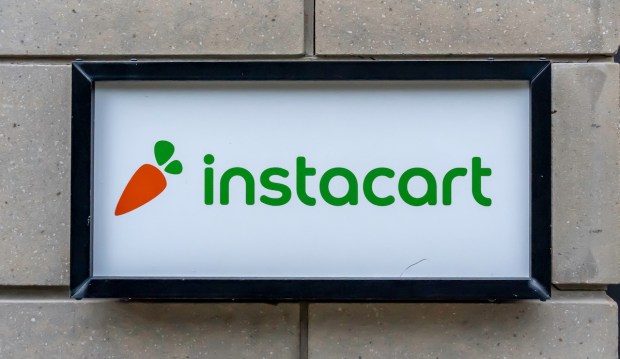
Instacart is taking a tip from eCommerce giants such as Amazon, expanding its reach into more parts of consumers’ day-to-day routines with its new Instacart Developer Platform (IDP).
The grocery technology company announced Wednesday (March 27) the launch of the API program, enabling third-party players to launch apps that integrate with the platform. With IDP, developers gain access to Instacart’s product selection and real-time store data, enabling them to offer features like same-day delivery and personalized meal planning.
“[W]e’re taking over a decade of technology we’ve built to power the Instacart marketplace and top retailer storefronts, and offering it to a broader range of businesses, turning discovery-centric apps into full-service experiences that can also deliver tangible goods,” Instacart Chief Product Officer and Head of Online Grocery Daniel Danker said in a statement. “This enables mainstream services as well as new products born out of emerging AI capabilities to offer truly complete experiences for their customers.”
Along with the launch, the aggregator announced that the first round of partnerships will include an integration with New York Times Cooking to make recipes shoppable; a WeightWatchers integration to purchase foods in keeping with the program’s recommendations; and an integration with GE Appliances to make products such as ovens offer shopping capabilities from their touchscreens.
As such, the launch enables Instacart to benefit from the effectiveness of contextual commerce, integrating purchasing opportunities into more parts of consumers’ daily lives — both their digital routines, such as browsing culinary content, and their in-person activities, such as interacting with their kitchen appliances.
GE, for its part, seems to be at the forefront of this trend, having also announced a partnership in December with Kroger to enable purchases from the grocer via its devices.
Consumers are interacting with commerce in more parts of their digital routines. Take social media. The PYMNTS Intelligence study “Tracking the Digital Payments Takeover: Monetizing Social Media Edition” drew from a survey of nearly 3,000 U.S. consumers. It revealed that 43% browse social media to find goods and services. Among those who had made a purchase through a social media platform, 1 in 3 had purchased food and beverages.
Additionally, consumers are open to more shoppable integrations at various points of their daily routines, as suggested by insights from PYMNTS Intelligence’s “How We Will Pay Report: How Connected Devices Enable Multitasking Among Digital-First Consumers,” which drew from a survey of more than 4,600 U.S. consumers, It revealed that 34% are very or extremely interested in having their car or smartphone recognize their commute and ask them if they would like to pick up coffee on their way to their destination, such that, if they said yes, their regular coffee order would be automatically ordered and paid for, scheduled for pickup at the most convenient coffee shop. Plus, 4% already do this.
In a feature last year, PYMNTS’ Karen Webster highlighted Instacart’s opportunity to set itself up to be “the retailer-friendly Amazon challenger,” and this latest launch could be a step in that direction.
“At the moment, it’s the closest thing we’ve seen to a platform that thinks like Amazon — organizing and deploying leading-edge tech at scale for retailers — without some of the conflicts that keep many retailers from participating,” Webster observed. “Whether that’s Instacart or someone else, there’s half of all retail sales up for grabs for whoever perfects that balance.”
For all PYMNTS retail coverage, subscribe to the daily Retail Newsletter.